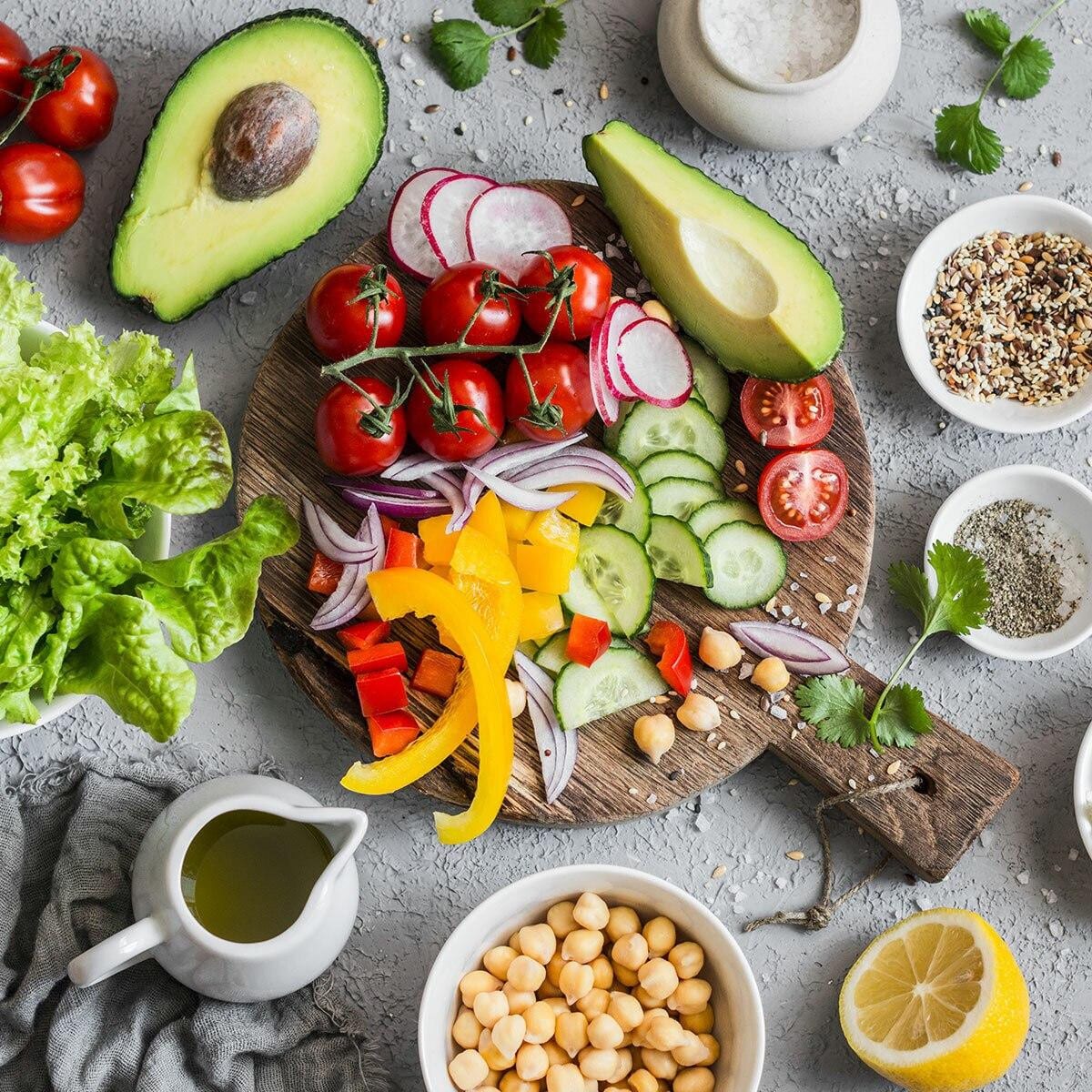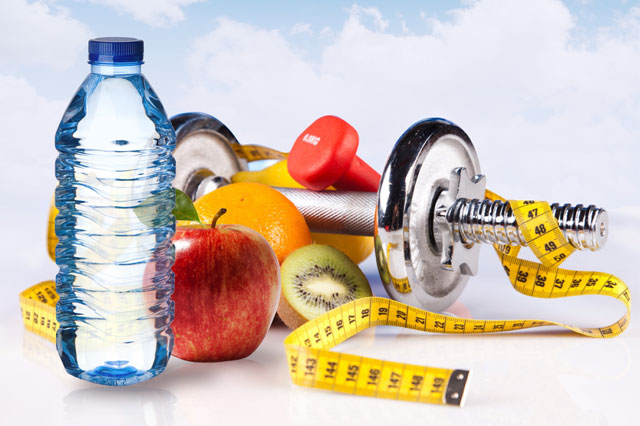Handbook of Sports Nutrition and sports
| Site: | Plateforme pédagogique de l'Université Sétif2 |
| Cours: | Physical Culture Second Year Bachelor's Degree |
| Livre: | Handbook of Sports Nutrition and sports |
| Imprimé par: | Visiteur anonyme |
| Date: | mercredi 29 octobre 2025, 08:33 |
1. Introduction
Nutrition plays a crucial role in enhancing athletic performance, increasing endurance, and ensuring quick recovery after workouts. Athletes' nutritional needs vary based on the type of sport, intensity of training, personal goals, and other individual factors.

2. Energy costs of exercise
In the simple locomotor sports that involve walking, running, or cycling, the energy cost of activity is readily determined and can be shown to be a function of speed. Whether body mass is supported by the muscles as in running, or the athlete is seated as in rowing or cycling, or where it must be moved against gravity as in cycling uphill, then this too is an important factor in determining the energy cost. For walking, running, and cycling at low speeds, there is a linear relationship between velocity and energy cost, if the energy cost is expressed relative to body weight. At higher speeds, the relationship becomes curvilinear and the energy cost increases disproportionately. In cycling a large part of this is due to the need to overcome air resistance, which increases as the square of velocity. The effect of air resistance becomes significant at the speeds involved in cycling, and explains the attention paid by elite cyclists to methods of reducing it. Bicycle design, cycling position, and clothing all affect the aerodynamics and hence the energy cost.
3. Energy costs of growth or changing body mass
The requirement for growth is an important factor in the energy needs of young athletes who have not reached full maturity. In these cases, energy intake must exceed expenditure if growth is to take place. Some athletes, mostly in events where a high power output is an important part of successful performance, will also benefit from an increased body mass, and an increase in muscle mass rather than in fat mass is usually desired. In some events, such as the heaviest weight categories in weightlifting and in the combat sports, and in the throwing events in track and field, a high absolute mass may be important, and a high body fat content is often seen in the most successful competitors. If the body mass is to increase, there must be an excess of energy intake over expenditure. The reverse situation, a need to reduce body mass and especially to reduce the body fat content, is also frequently encountered. There are particular problems in reducing the energy take to a level that will result in a loss of body mass without compromising the ability to sustain the training load. In seasonal sports such as soccer or rugby, a substantial gain in body fat is not unusual in the off season, and the preseason training for these athletes often involves a combination of sudden increases in the training load in combination with a restriction of energy intake. Dietary strategies which assist athletes to manipulate their body mass and body composition are discussed in more detail in Chapters 11 and 13
4. Energy intake of athletes
If body weight and performance levels are to be maintained during periods of intense training, the high rate of energy expenditure must be matched by an equally high energy intake. Available data for most athletes suggest that they are in energy balance within the limits of the techniques used for measuring intake and expenditure. This is to be expected, as a chronic deficit in energy intake would lead to a progressive loss of body mass. Because they often fall at or beyond the extremes of the normal range, the dietary habits of athletes in different sports have been extensively studied.
5. Nutrition Before, During, and After Exercise
5.1. time of nutrition
Before Exercise
-
Consume a meal rich in carbohydrates and protein 2-3 hours before training.
-
Example: Whole grain sandwich with peanut butter.
During Exercise
-
Stay hydrated with water or sports drinks containing sodium.
-
Consume carbohydrates (such as bananas or energy drinks) during long workouts.
After Exercise
-
Intake of protein and carbohydrates within 30-60 minutes.
-
Example: Protein shake with milk and banana
6. Example Meal Plans for Athletes
6.1. Nutrition plan:
Endurance Athletes (e.g., Runners)
-
Breakfast: Oatmeal with milk and banana.
-
Snack: Yogurt with almonds.
-
Lunch: Brown rice with chicken and vegetables.
-
Snack: Fruit smoothie.
-
Dinner: Grilled fish with sweet potatoes.
Weightlifters
-
Breakfast: Boiled eggs with avocado toast.
-
Snack: Nuts and Greek yogurt.
-
Lunch: Grilled meat with rice and vegetables.
-
Snack: Protein shake.
-
Dinner: Cottage cheese with fruit
7. Conclusion
Proper nutrition is a key factor in improving athletic performance and ensuring quick recovery. Athletes should focus on balancing carbohydrates, proteins, and healthy fats while maintaining hydration and adequate micronutrient intake.

8. References
-
American College of Sports Medicine. (2023). Nutrition and Athletic Performance.
-
International Society of Sports Nutrition. (2023). Position Stand on Protein and Exercise.
-
Journal of the International Society of Sports Nutrition. (2024). Hydration Strategies for Athletes.